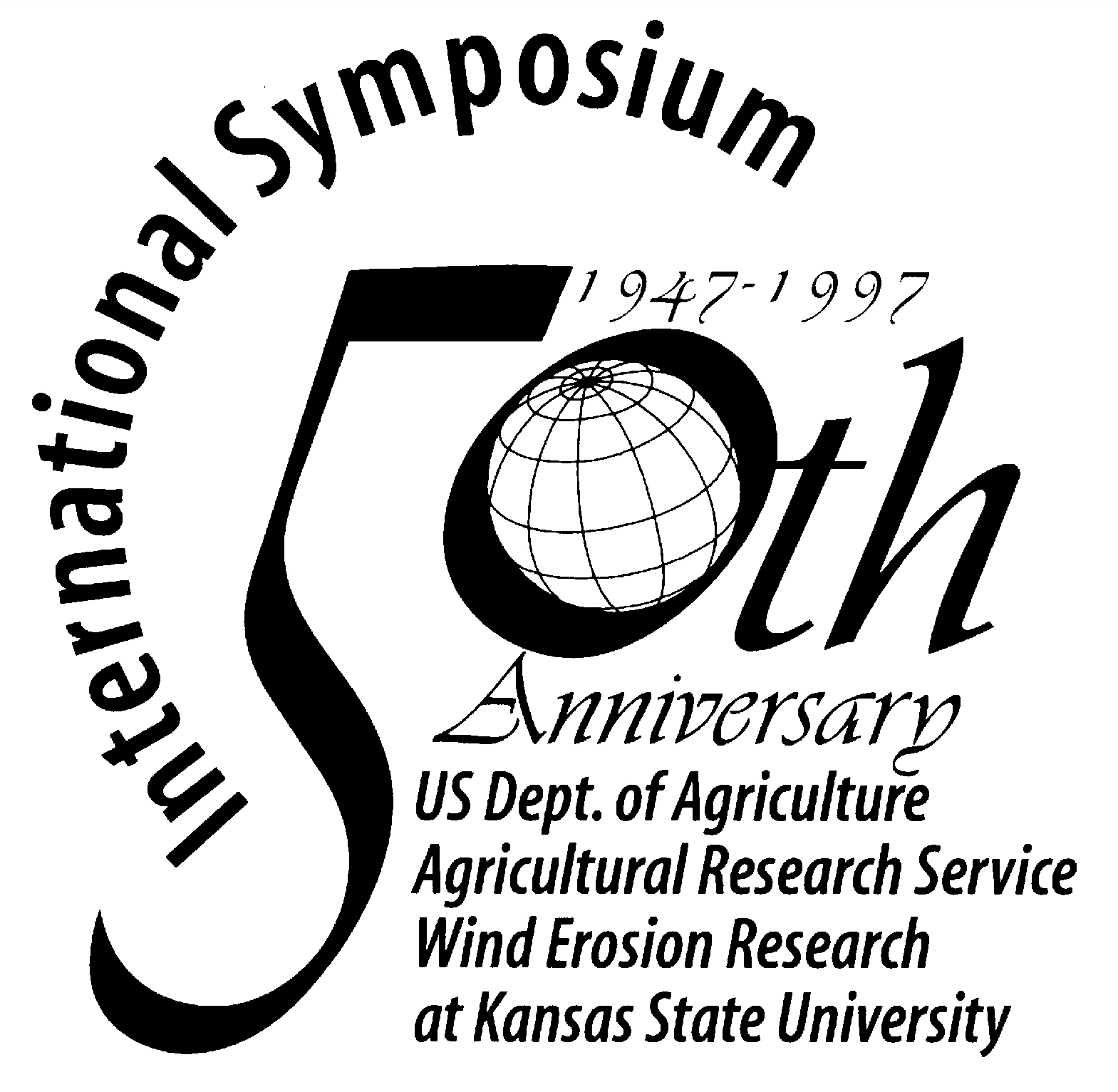|
Wind Erosion Processes and Control Techniques in the Sahelian Zone of Niger
G. Sterk, L. Stroosnijder, and P.A.C. Raats
Abstract
The objective of this paper is to present the main results and conclusions from three
years of field research on wind erosion processes and control techniques in the Sahelian
zone of Niger. Sediment transport was quantified with sediment catchers, and storm based
maps of mass transport were made by applying geostatistics. The maps were used to
calculate soil losses from the plot. In total, 45.9 Mg ha-1 were lost during
four storms. Samples of trapped material were collected and analyzed on total element (TE)
contents of K, C, N, and P. The losses of these elements during two storms were equal to
approximately 3% of the TE masses that were present in the top 0.10 m of the soil. Wind
erosion can be reduced by applying erosion control techniques. A survey in seven villages
revealed that mulching with crop residues is the main control technique applied by
farmers. Field tests with flat pearl millet stalks showed that small quantities of 1000
and 1500 kg ha-1 can significantly reduce sediment transport during most
storms. But, the availability of crop residues for mulching is limited due to other uses.
Therefore, future research should concentrate on enhancement of biomass production for
wind erosion control purposes. |




